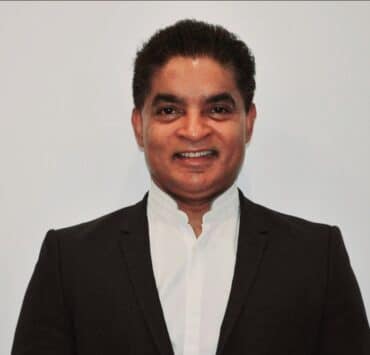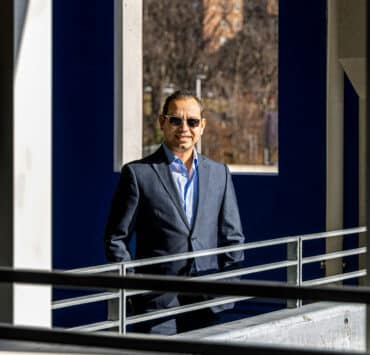|
Getting your Trinity Audio player ready...
|
Part of City National Bank’s real estate planning process is to expand in new markets that provide opportunities for the high-touch service level the bank is known for. Recently, despite the challenges of COVID-19, City National undertook a significant expansion on the East Coast, including additional locations in Manhattan and Long Island, New York; Washington, DC; Nashville, Tennessee; Atlanta; and Miami.
City National Bank Corporate Real Estate (CNB CRE) had the responsibility for locating optimal sites and designing and constructing client-facing offices that were not only functional but also represented the brand identity. In the view of Harry Topping, high-quality design reflects the brand and the level of our service our clients expect. To achieve the vision, CNB engaged premier design firm Bohlin Cywinski Jackson, well known for their work with Apple and other design-progressive businesses.
In addition to significant client-facing expansion, CNB CRE—in collaboration with its parent company Royal Bank of Canada (RBC)—is working to develop workspace solutions that team members want to experience. Post COVID, CNB executive management has strongly recommended that employees return to either an assigned or variable workplace three days per week.

While remote work was very successful during COVID, CNB leadership believes that being in the office collaborating and imparting the CNB culture to new colleagues is a very important objective.
As part of understanding what a new workplace experience would be, CNB CRE recently undertook a pilot program intended to provide a more hospitality-oriented environment offering multiple workplace options. This pilot program is an experiment designed to help executive management learn how to optimize future workplaces. The space was designed by Rottet Studio and has a hospitality feel, while also being high-tech, Topping explains.
“We do not have design templates, but rather we use a palette of materials, and spaces to build a collective brand image of CNB as a premier service, financial institution.”
Harry Topping
The 26,000 rentable square footage floor is in one of its two major Los Angeles high-rise office buildings, and it offers different types of collaborative spaces. It also has a high-resolution, computer-based koi pond where people can watch the “fish” swimming and floating around.
There’s a theater setting for watch parties and town halls, a well-designed food and coffee space, as well as a lounging area with informal seating. In addition, the movable furniture allows for different workspace configurations.
“The initial results we have are very positive, and we have a survey measuring that,” Topping says. “We’re going back in 60 days with a more detailed survey to hear more about what’s working and what’s not working.”
Highlights will be rolled out to other new or remodeled spaces, he says, adding that the company has been compressing its office portfolio while simultaneously expanding its client-facing locations.
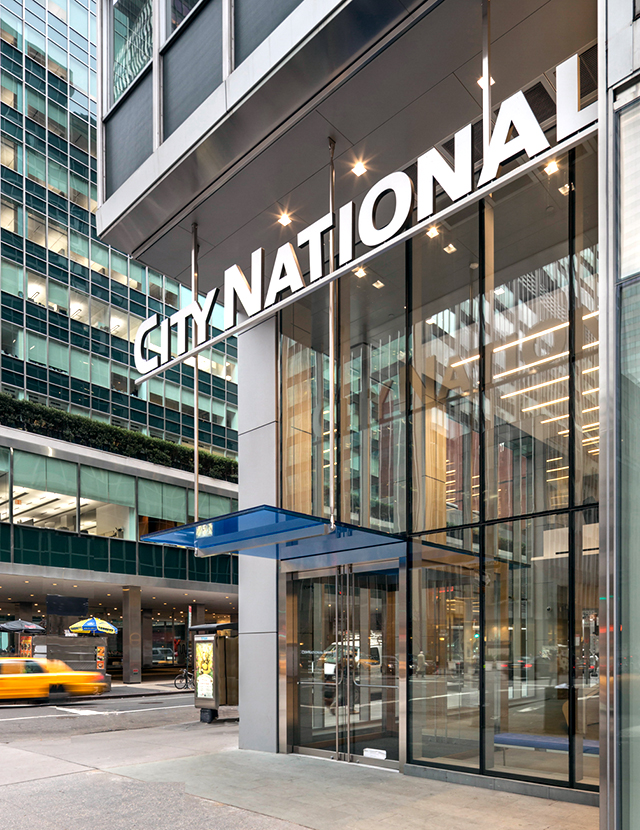
“In my view, we’re at a major inflection point in the history of the workplace,” Topping says, explaining that COVID-19 changed the landscape and has resulted in a chance to broadly reexamine and reimagine office spaces. The firm looked at how its 6,000 employees in 21 states were using their workspaces and learned that only some 60 percent of their workspaces had been occupied on a daily basis as many firms either knew or learned. “Developing a workplace of the future is an exciting and creative opportunity for us.”
CNB believes that returning to the workplace is an important part of retaining and developing culture as the organization grows to a $100 billion in assets bank. At the same time, portfolio optimization—using space more efficiently—is an opportunity for us to bring meaningful savings to the bank’s bottom line. So as CNB moves forward, it is bringing the best elements of its pilot program into its portfolio as new workplaces are developed and others are remodeled.
“When City National Bank tower in Los Angeles took on the reposition of its ground floor spaces and plaza, Harry Topping was instrumental in driving the vision forward,” says Jill Wittnebel, managing director at Gensler Los Angeles. “The plaza revitalization, which included a high-touch coffee bar, proved successful, particularly as tenants are seeking third spaces as an extension of their workplace.”
When he’s in the office, Topping schedules meetings and collaborates with his 5 colleagues in corporate real estate, as well as with some of the 40-plus real estate professionals from corporate service firm Jones Lang LaSalle (JLL). They have meetings in person, as frequently as possible, and utilize the AV systems in their conference rooms to maximize participation.
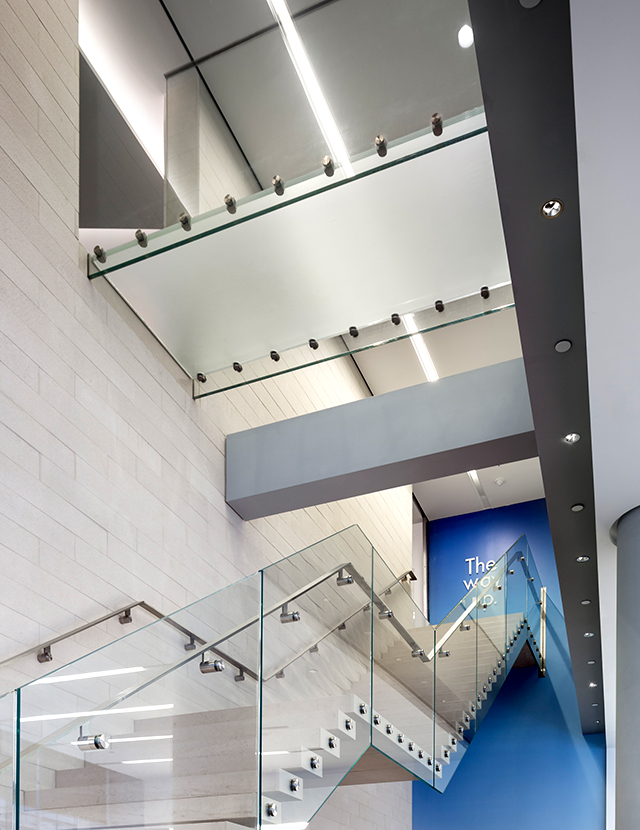
Topping’s day-to-day schedule has tremendous variation, he adds. “One hour I’ll be in a lease negotiation, and in another I’ll be looking at sites for a prospective relocation or new location. I’ll be looking at our [2024] budgets, or I’ll be dealing with RBC on long-term planning for owned real estate assets,” he says. “I also get heavily involved with design review and meet with my project managers and architects frequently. Risk management is another important piece of managing our Corporate Real Estate business unit.”
Topping, who holds a Master of Architecture degree from University of Illinois, started his career practicing architecture in San Francisco and worked as a designer at firms such as HOK and Skidmore, Owings & Merrill. He later decided he wanted to work in real estate development, so to prepare, he went on to University of Chicago and earned an MBA.
“I’m an unusual breed,” he says. “I moved to a broader scope of work, including portfolio planning, leasing, and developing brand identity through architectural design. I find it interesting and challenging.”
He first worked in corporate real estate for Warner Bros. and was recruited to work for CNB in the CRE leadership role. Strong communication skills are key to being successful, he says, as he is often called on to take complex deals and effectively communicate only key aspects to executive management.
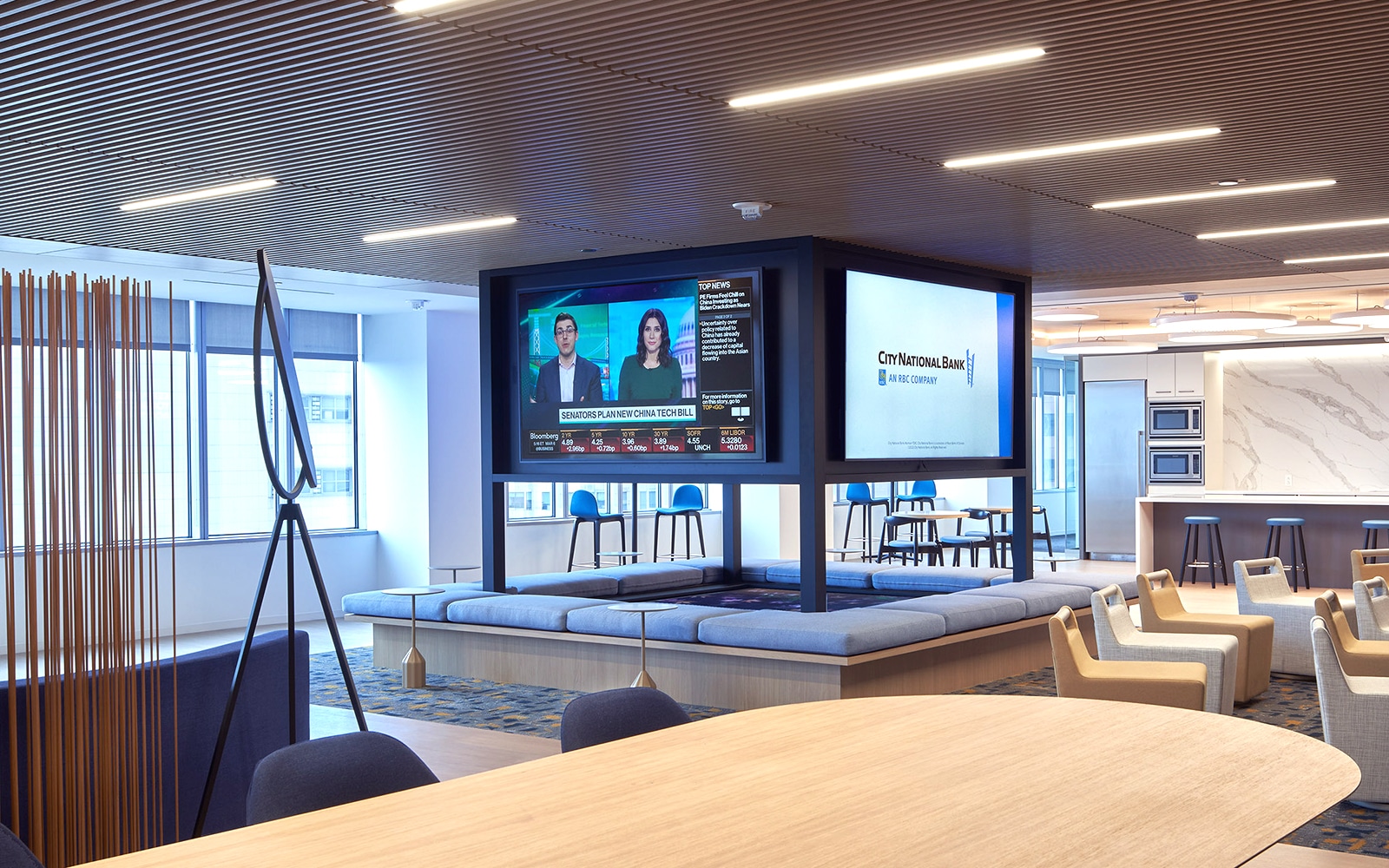
Across the board, design matters, as it reflects the quality of service and products the firm offers, Topping explains. “So many leaders in business use good design as a way to reinforce the brand image of high-quality service and products,” he says. “We do not have design templates, but rather we use a palette of materials and spaces to build a collective brand image of CNB as a premier service, financial institution.”
With its newest locations, he says the firm is always keeping an eye on the best markets to serve their clients in private and business banking as well as entertainment banking, including film, TV, and music.

The firm has also expanded its Manhattan footprint with a project in Hudson Yards, a premier space within the largest private real estate development in the United States. In addition to providing an efficient, attractive space to service CNB’s clients, the space features an exhibit area to display rotating art exhibitions and space to hold special speaker and other events.
Additionally, CNB has invested heavily in mobile apps and online banking, so clients can receive services from a diverse set of channels. Acquired by RBC in 2015 to significantly grow its franchise, CNB has achieved greater lender limits and more diversity of service with the deal. CNB has also been able to expand sustainability initiatives.
About a decade ago, Topping went to CEO Russell Goldsmith to suggest the firm add a corporate social responsibility report. “RBC has a dedicated sustainability department that we are using to upgrade our reporting and goal setting in sustainability,” he notes.
Refining the office space is no small task, but Topping is leading the way in building innovative, sustainable spaces that makes the employee and client experience a top priority.
Transformation: Design Strategies for the Human Experience
Gensler believes that the future of our cities and how we live, work, and play can be influenced by our actions. Designing for a radically changing world is an opportunity for Gensler and all in the building industry to make decisions that address critical challenges while improving the experiences of people everywhere. Design thinking is the differentiator between the stop-gap measure of getting through the next crisis and the bigger goal of transforming our cities for the future. Learn more at gensler.com
Congratulations to Harry Topping and City National Bank! As the LA Business Journals’ Disruptor of the Year for Sustainability Award Honoree, DMS Facility Services takes pride in working towards a more sustainable future. Since 1969, DMS Facility Services has been operating within the national real estate community. Learn more at dmsfacilityservices.com.
